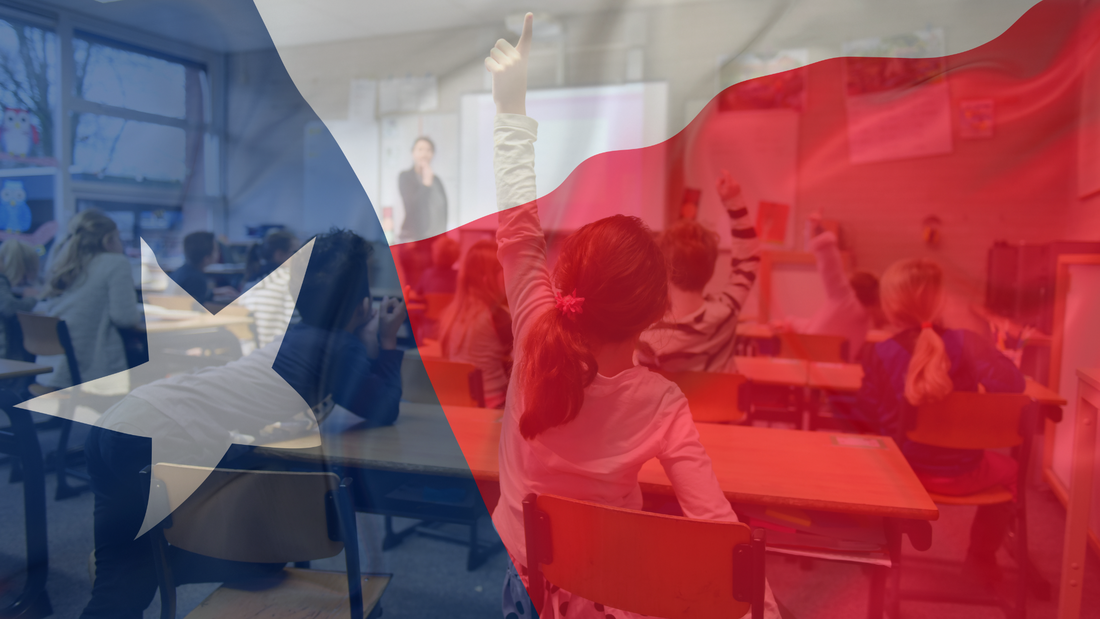|
School choice continues roll across the country. Since 2021, ten states have passed universal choice measures, with more states moving in that direction way.
In Texas, school choice met its Alamo in the Texas Legislature late last year. But Texans remember the Alamo with fondness because only a few weeks after that tragedy, Texans won their independence. And so it has been for school choice. In the recent slate of elections, it was six of the anti-school choice incumbents who were ousted. Four are currently fighting to retain their seats in a runoff. Their winning challengers were endorsed by Texas Gov. Greg Abbott, who aims to work with the new legislators to push through his plan for education savings accounts for the over five million K-12 students in the nation’s second most-populous state. Why did the legislators, conservative and rural Republicans, stop school choice in the first place? They were worried that school choice would divert funds away from their rural public schools. This is an understandable fear for counties with small populations and scant resources. Gov. Abbott promised extra resources for these areas. These fears were further allayed by Tom Newell, a former Republican Oklahoma legislator whose timely op-ed in the Wall Street Journal called on rural Republicans to embrace school choice. Newell wrote that parents, teachers, and politicians are often afraid to speak out in favor of educational freedom, lest they attract the wrath of the local superintendent or teachers’ union representative. When Newell announced his candidacy, he wrote that “a consultant told me I couldn’t support education freedom and get elected in rural Oklahoma.” Nevertheless, Newell campaigned on educational freedom and won with 61 percent of the vote. “There’s a silent majority of parents who know education freedom is good for their kids. Empowering those parents will help, not hurt, your re-election.” It is easy to see why. Competition is proven to drive educational success. School choice is also the ultimate, intergenerational expression of the First Amendment, giving parents the power to choose to extend their values and heritage across generations. Over 70 percent of Americans support school choice. Minority voters take the lead, with 83 percent of Black and 77 percent of Hispanic voters registering their support. Once the strongest bloc of opposition to school choice, 68 percent of Democrats support school choice. Pennsylvania Gov. Josh Shapiro declared that school choice is important because “every child of God” deserves a “quality education.” More than 180 Democrats holding office at all levels are members of Democrats for Education Reform, which seeks to promote school choice policies in the Democratic Party. The group calls on Democratic politicians to adopt education freedom, declaring on its website: “If Democratic lawmakers want to be the champions of public education excellence and equity, they need to do some serious soul searching on how they position themselves on public charter schools.” Newell now travels the country promoting education freedom to lawmakers. To rural Republicans who are concerned about the viability of school choice in their areas, he says, “In the district I represented, there wasn’t a marketplace until there was. An educational marketplace definitely won’t arise in places where one-size-fits-all laws block it.” School choice is poised to take the nation by storm. It can no longer be held up by vested interests and timid politicians. Protect The 1st looks forward to seeing the Lone Star State be the next to offer families educational choice. Comments are closed.
|
Archives
June 2024
Categories
All
|
ABOUT |
ISSUES |
TAKE ACTION |



 RSS Feed
RSS Feed